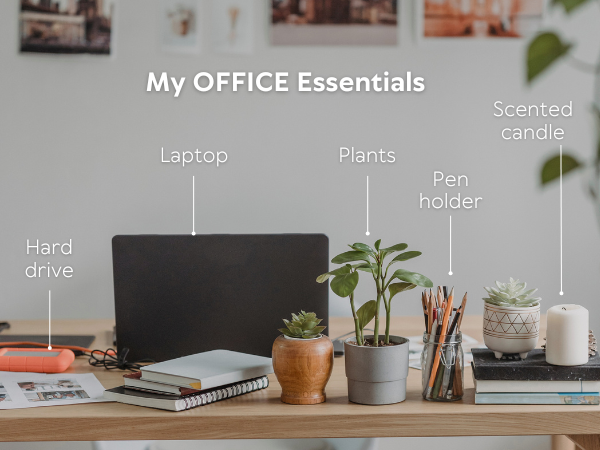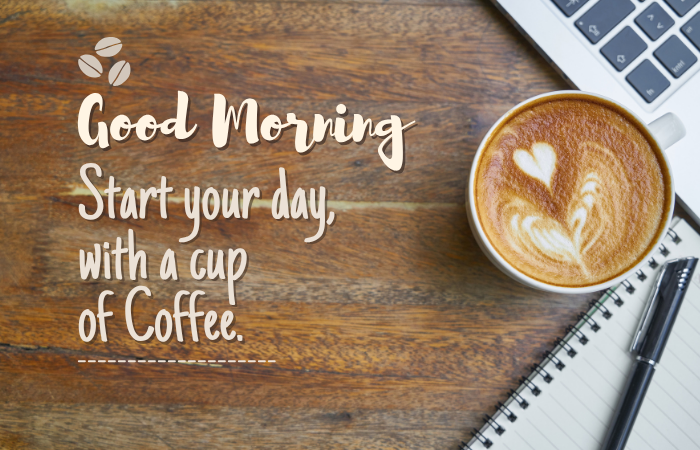For When the Pressure Doesn’t Let Up
In high-demand tech and engineering roles, the pressure can feel relentless. Deadlines stack up, meetings blur together, and inboxes rarely rest. Often, self-care feels like a luxury reserved for weekends or rare vacations. But mental health support doesn’t have to come in large, time-consuming packages. Sometimes, it’s the smallest, most realistic practices that have the biggest impact.
Drawing from trusted sources such as the Substance Abuse and Mental Health Services Administration and Psychology Today, this blog outlines micro-practices and small mental resets that take just 2–5 minutes but can meaningfully reduce stress while restore mental clarity throughout your workday.

Desk-Based Breathing Techniques
The Science of the Breath-Brain Connection
Even a single minute of intentional breathing can impact your nervous system. According to Psychology Today, breathwork helps activate the parasympathetic nervous system—your body’s natural “rest and digest” mode. This can reduce anxiety and improve cognitive clarity, especially in high-stress environments like IT, cybersecurity, or engineering roles.
Try this 2-minute breathing technique:
- Box Breathing (4-4-4-4): Inhale for 4 seconds, hold for 4 seconds, exhale for 4 seconds, and hold again for 4 seconds. Repeat for 4–5 cycles.
- Benefits: This technique improves focus, reduces emotional overwhelm, and prepares your mind for the next meeting or problem-solving session.
The key? You don’t have to leave your desk or even close your eyes. Just pause, turn away from the screen, and breathe intentionally.
Mental Resets Between Meetings
Resetting in the Gaps, Not Just After the Day
A five-minute pause between Zoom calls might not feel like a break, but it’s a vital window to clear mental fog. The SAMHSA encourages “brief cognitive offloading”, which simply means making space to stop multitasking and switch gears.
Here’s how to do it:
- Visual Reorientation: Look away from your screen. Let your eyes rest on something far away, preferably outside a window. This reduces digital fatigue and visual strain.
- Name-Notice-Shift: Silently name what you’re feeling (e.g., “frustrated,” “tired,” “overstimulated”). Notice where it’s sitting in your body. Then shift your attention to something neutral like the temperature of your coffee or the texture of your desk. This disrupts the stress loop without ignoring your emotions.

These resets aren’t about escaping work; they’re about being ready for what’s next.
Inbox Control as a Mental Health Strategy
More Than Organization; It’s Emotional Hygiene
Overflowing inboxes don’t just create clutter; they create a low-grade, persistent sense of failure. According to Psychology Today, this leads to decision fatigue and decreased job satisfaction. But inbox relief doesn’t have to mean “Inbox Zero.” It just means “Inbox Less-Crushing.”
Try this 3-minute technique: The Triage Sweep
- Step 1: Set a timer for 3 minutes.
- Step 2: Skim through your inbox and tag or flag only the emails that actually require your action today. Don’t open, don’t reply, just simply identify.
- Step 3: When the timer ends, walk away. The sorting alone reduces anxiety.
Doing this once in the morning and once before lunch brings mental clarity. It’s not about control; it’s about shifting from reacting to managing.
Small Habits, Big Stress Relief
Micro-moments vs. Macro-burnout
The SAMHSA note that high-performing professionals are often more vulnerable to hidden burnout—not because they neglect their well-being, but because they see burnout as unavoidable. That’s why small, consistent mental health practices matter. Here’s a quick comparison:
Micro-Moment | Time | Mental Benefit |
Box breathing | 2 mins | Lowers stress hormones |
Eye reorientation | 3 mins | Reduces digital fatigue |
Inbox triage sweep | 3 mins | Eases cognitive overload |
Name-Notice-Shift | 2 mins | Enhances emotional regulation |
Just like brushing your teeth prevents bigger issues later, these mental health habits work best when they become routine—not reactions to crisis.
When to Seek More Support
These Moments Help, But They’re Not a Cure-All
It’s important to acknowledge that while micro-practices can help regulate day-to-day stress, they’re not a replacement for professional mental health support. If your symptoms of stress or anxiety are persistent, overwhelming, or affecting your personal relationships, it may be time to talk to a professional.
Here are a few confidential resources to consider:
- MentalHealth.gov: Help for Mental Health – Offers tools and a guide to finding support in your area.
- National Alliance on Mental Illness (NAMI) – Provides helplines, educational materials, and community support.
- SAMHSA’s National Helpline: 1-800-662-HELP (4357) – A 24/7, confidential, free treatment referral and information service.
- Crisis Text Line: Text HOME to 741741 to connect with a crisis counselor anytime.
Mental health should not be considered a productivity tool and more so simply, a human right. These small steps can open the door to more sustainable care and self-awareness.
Final Thoughts
Micro-care doesn’t require retreats or apps or days off. It simply asks for 2–5 minutes of attention, a pause between meetings, or a deep breath before diving into your inbox. Over time, these moments become a quiet foundation, which eventually builds a resilient inner network you can lean on.
In a world that often demands big results, small mental habits may be one of the most powerful things you can build.
